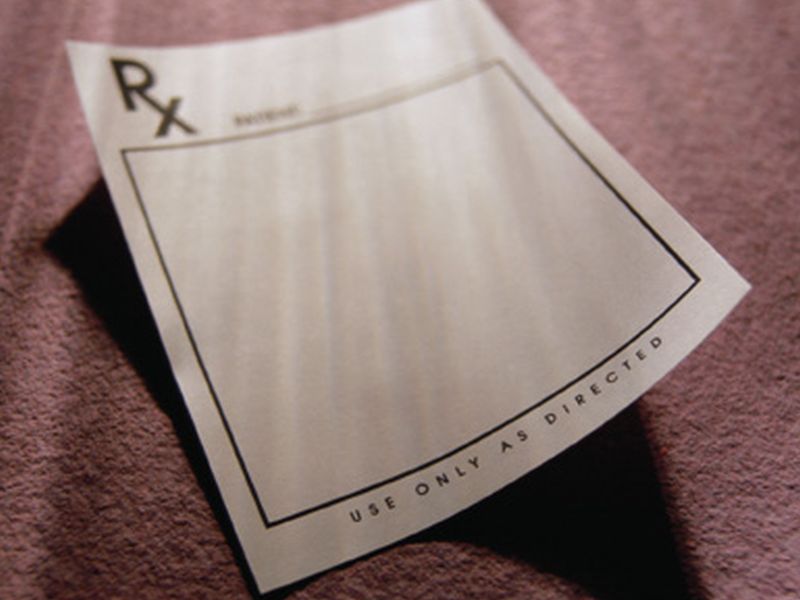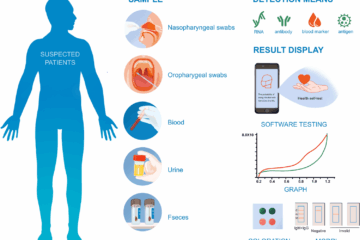
Drug shortages stay a problem in the u.s. despite government rules intended to reinforce availability, a new have a look at finds.
greater than 1/2 of recent shortages involved acute-care pills used to treat severely sick sufferers in hospitals and emergency departments, in keeping with researchers at Yale college, in New Haven, Conn.
those drugs encompass antibiotics, intravenous saline and naloxone, that’s used to deal with drug overdoses.
“Our key finding became that as much as 2012, shortages have been growing for each non-acute and acute drugs,” stated look at senior author Dr. Arjun Venkatesh, an assistant professor of emergencyremedy.
when you consider that 2012, while the U.S. meals and Drug administration became legal to deal withthe disaster, “the shortages for non-acute drugs are lowering and getting shorter but the shortages for acute drugs are growing and getting longer,” Venkatesh said in a Yale news release.
in line with the researchers, tablets in brief supply tripled over the past decade.
For the observe, the Yale researchers analyzed records from 2001 to 2014. They observed the generalnumber of drug shortages declined after the FDA gained its new powers, which can wrongly propose drug availability is no longer a problem, the take a look at authors stated.
“you could have a look at the passage of the regulation and the overall decline, and view it as aachievement,” Venkatesh stated. “this is now not the case. these acute-care capsules have beenoverlooked.”
also, shortages of acute-care tablets lasted approximately eight months on average, in comparison toapproximately seven months for all tablets average, the look at located.
Resorting to opportunity capsules can boost the chance of clinical error and push up charges and facetresults, in comparison to the desired pills, the researchers noted.
The look at appears within the might also issue of the magazine fitness Affairs.




